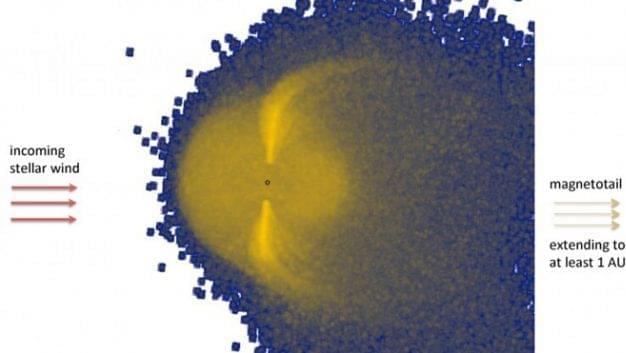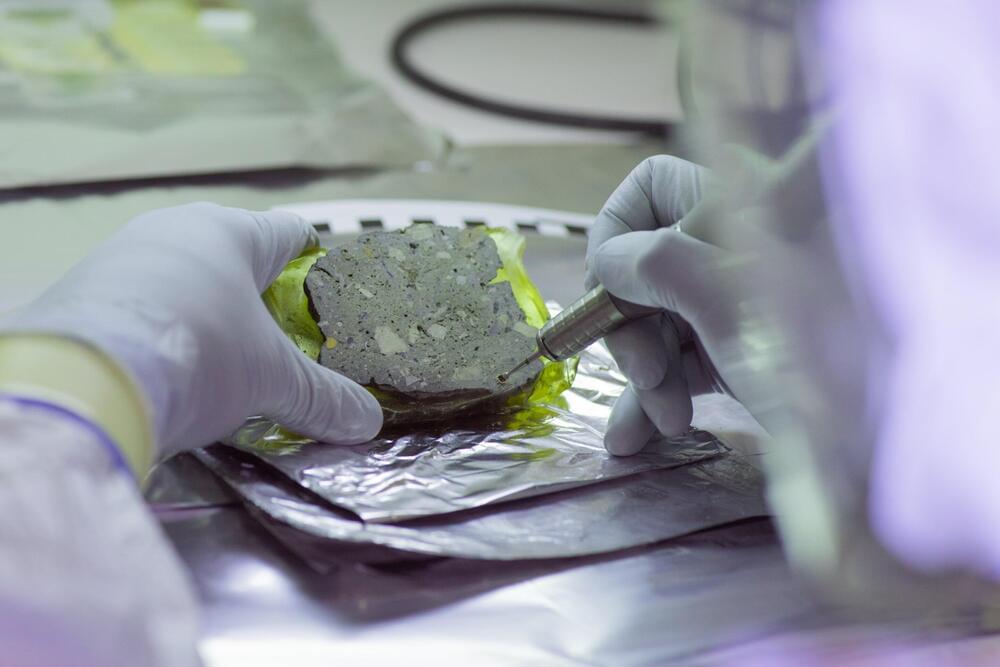How does our biology give rise to the experience of consciousness?
Anil’s new book “Being You” is available now: https://geni.us/anil.
Watch the Q&A: https://youtu.be/JZS39CaODTs.
Anil Seth argues, using innovative combinations of theory and experiment, that our brains are prediction machines inventing our world and correcting our mistakes by the microsecond. Anil’s new perspective on consciousness has shed light on the nature of the self, free will, the intimate relationship between being alive and being aware — and the possibility of conscious machines.
Anil Seth is Professor of Cognitive and Computational Neuroscience at the University of Sussex, where he is also Co-Director of the Sackler Centre for Consciousness Science. He is also a Wellcome Trust Engagement Fellow, Co-Director of the Canadian Institute for Advanced Research (CIFAR) Program on Brain, Mind, and Consciousness, and Co-Director of the Leverhulme Doctoral Scholarship Programme: From Sensation and Perception to Awareness.
–
A very special thank you to our Patreon supporters who help make these videos happen, especially:
Supalak Foong, efkinel lo, Abdelkhalek Ayad, Martin Paull, Ben Wynne-Simmons, Ivo Danihelka, Hamza, Paulina Barren, Kevin Winoto, Jonathan Killin, János Fekete, Mehdi Razavi, Mark Barden, Taylor Hornby, Rasiel Suarez, Stephan Giersche, William ‘Billy’ Robillard, Scott Edwardsen, Jeffrey Schweitzer, Gou Ranon, Christina Baum, Frances Dunne, jonas.app, Tim Karr, Adam Leos, Michelle J. Zamarron, Fairleigh McGill, Alan Latteri, David Crowner, Matt Townsend, Anonymous, Robert Reinecke, Paul Brown, Lasse T. Stendan, David Schick, Joe Godenzi, Dave Ostler, Osian Gwyn Williams, David Lindo, Roger Baker, Greg Nagel, and Rebecca Pan.
–
Subscribe for regular science videos: http://bit.ly/RiSubscRibe.
The Ri is on Patreon: https://www.patreon.com/TheRoyalInstitution.
and Twitter: http://twitter.com/ri_science.
and Facebook: http://www.facebook.com/royalinstitution.
and Tumblr: http://ri-science.tumblr.com/
Our editorial policy: http://www.rigb.org/home/editorial-policy.
Subscribe for the latest science videos: http://bit.ly/RiNewsletter.
Product links on this page may be affiliate links which means it won’t cost you any extra but we may earn a small commission if you decide to purchase through the link.








